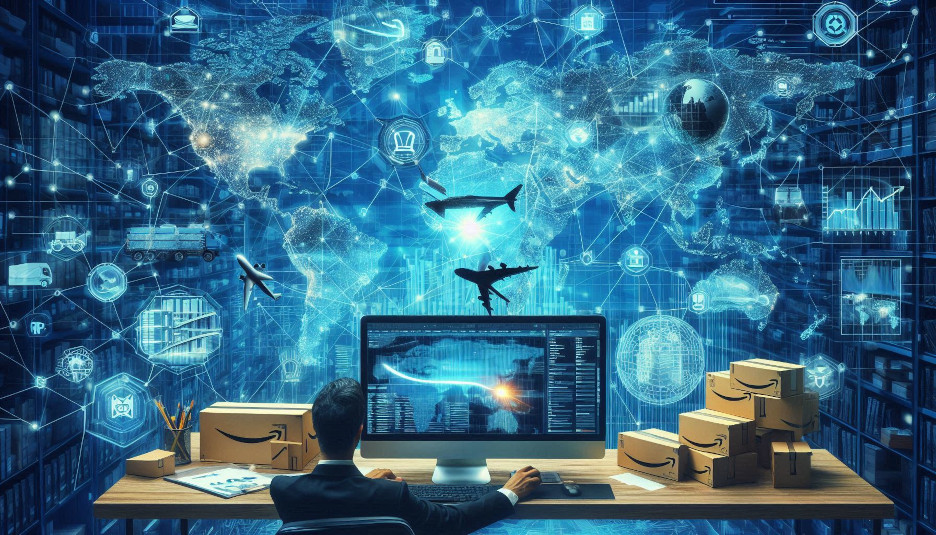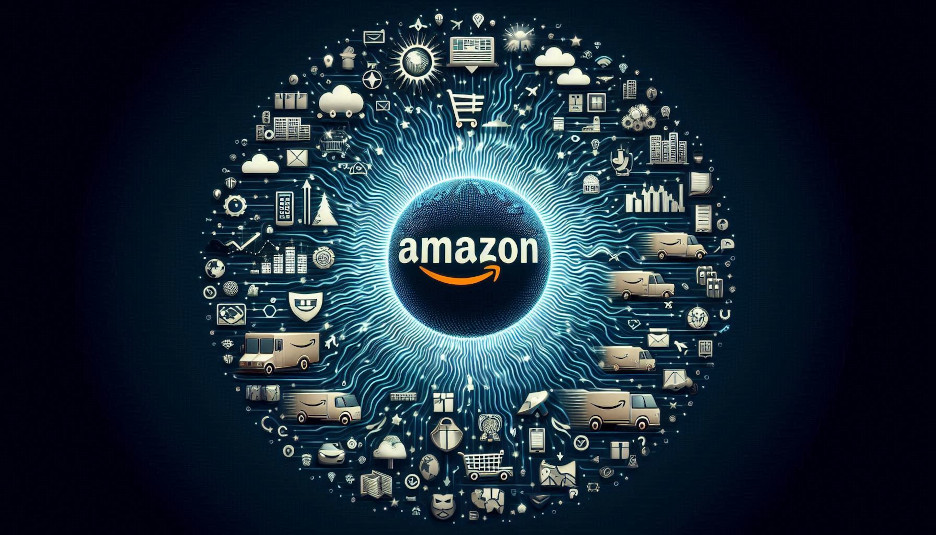Ask an Expert: Q&A with a Senior Cybersecurity Analyst
- 05 Aug, 2025

The world of cybersecurity can seem mysterious and complex from the outside. It’s a field of high-stakes digital defense, where professionals work tirelessly to protect our most sensitive information from an ever-evolving landscape of threats. To pull back the curtain, we conducted a Q&A with “Maria,” a fictional Senior Cybersecurity Analyst with over a decade of experience working in the financial services industry.
Maria shares her journey, her insights on the skills that matter most, and her predictions for the future of the industry. Whether you’re an aspiring analyst or a seasoned IT professional looking to make a change, her experience provides a valuable look into one of the most critical careers of the 21st century.
Q: To start, could you tell us what a Senior Cybersecurity Analyst actually does? What does a typical day look like for you?
Maria: That’s a great question, because there’s no single “typical” day, which is one of the things I love about the job. My primary responsibility is to be the first line of defense for the company’s network. I’m part of a team that monitors our systems for any signs of malicious activity.
A large part of my day is spent in our Security Information and Event Management (SIEM) system. Think of it as a giant, intelligent logbook that collects data from all over our network—firewalls, servers, individual computers, you name it. The SIEM uses rules and machine learning to flag suspicious events. My job is to investigate those alerts.
So, a “typical” day might start with reviewing the overnight alerts. I’ll triage them based on severity. An alert could be anything from a user having multiple failed login attempts to a server communicating with a known malicious IP address. I have to dig in, analyze the data, and determine if it’s a false positive or a genuine threat. It’s like being a detective. You follow the digital breadcrumbs to piece together the story.
If I identify a real threat, I escalate it and the incident response process kicks in. Beyond that, I’m also involved in threat hunting, where we proactively search for threats that might have slipped past our automated defenses. I also spend time mentoring junior analysts, helping to tune our detection rules, and writing reports for management. It’s a mix of deep technical analysis, investigation, and communication.
Q: It sounds intense. What’s the most challenging part of your job?
Maria: The most challenging aspect is the constant evolution of threats. The attackers are always getting smarter, and their techniques are always changing. You can never get complacent. You have to have a mindset of continuous learning. What worked to defend the network last year might be obsolete this year.
Another challenge is managing the sheer volume of data. We have billions of events flowing into our SIEM every day. The challenge is to find the needle in the haystack—the one event that signals a real attack. It requires a lot of focus and a deep understanding of what “normal” looks like on your network. That’s why threat intelligence is so important. We subscribe to services that provide us with information on the latest attack trends and indicators of compromise, which helps us know what to look for.
Q: What skills do you think are most essential for someone who wants to become a successful cybersecurity analyst?
Maria: There are a few key areas. First, you need a strong technical foundation. You have to understand how networks work. You need to know about operating systems, both Windows and Linux. You need to understand the OSI model, TCP/IP, and common network protocols. You can’t defend what you don’t understand.
Second, you need sharp analytical and problem-solving skills. As I said, it’s like being a detective. You’re given a set of clues, and you have to piece them together to understand what happened. You have to be curious and persistent.
Third, and this is one that people often overlook, you need excellent communication skills. I can be the best technical analyst in the world, but if I can’t clearly explain a complex threat to a non-technical business leader, I’m not being effective. You have to be able to write clear, concise reports and present your findings in a way that people can understand.
Finally, you need a passion for learning. This field changes so fast. You have to be genuinely interested in technology and security, and you have to be willing to put in the time to stay up-to-date.
Q: What’s your advice for someone who is just starting out and wants to get into this field?
Maria: Get hands-on experience, any way you can. Build a home lab. It’s easier than ever to do this with virtualization software like VirtualBox or VMware. Set up a few virtual machines, install a firewall, and learn how to configure them. Try to attack your own systems and then figure out how to defend them.
Certifications are also very important, especially when you’re starting out. A certification like the CompTIA Security+ is a great way to get a foundational knowledge and prove to employers that you’re serious.
Don’t neglect your soft skills. Join online communities, go to local security meetups (many are virtual now), and practice talking about technical topics. Start a blog and write about what you’re learning. This not only helps you solidify your own knowledge, but it also demonstrates your passion and communication skills to potential employers.
And be patient. It takes time to build the necessary skills and experience. Start in a general IT role if you have to, like help desk or network administration. Learn the fundamentals, and then look for opportunities to pivot into a security role.
Q: Looking ahead, what do you see as the biggest trends that will shape the future of cybersecurity?
Maria: AI is the big one, on both sides of the fight. Attackers are using AI to create more sophisticated phishing attacks and to automate their search for vulnerabilities. On the defense side, we’re using AI and machine learning to analyze data and detect threats faster than a human ever could. The future of security operations is going to be a partnership between human analysts and AI-powered tools.
Cloud security is another huge area. As more companies move their infrastructure to the cloud, the security challenges change. We’re no longer defending a traditional network perimeter. We have to become experts in securing cloud platforms like AWS, Azure, and Google Cloud.
Finally, I think there will be a greater focus on the human element of cybersecurity. For a long time, we’ve focused on technology, but at the end of the day, the weakest link is often a person who clicks on a malicious link. I think we’ll see more investment in security awareness training and in designing systems that are more resilient to human error.
Q: One last question. What’s the most rewarding part of your job?
Maria: Knowing that you’re making a real difference. We’re protecting people’s data, we’re protecting the company’s reputation, and we’re helping to keep the digital world a safer place. When you successfully thwart an attack, there’s a real sense of accomplishment. It’s a challenging job, but it’s incredibly rewarding to know that your work matters.


